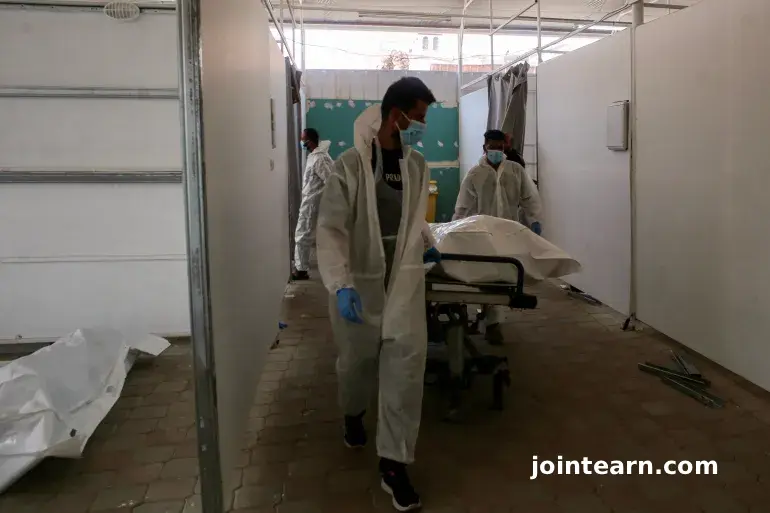Ukraine’s Gas War: Targeting Russia’s Energy Backbone
Since Russia’s annexation of Crimea in 2014, Moscow promised residents improved salaries, hospitals, and infrastructure. However, nearly 11 years later, the reality for residents has been dramatically different. Ukrainian drone and missile campaigns against Russian energy infrastructure have created near-daily blackouts, persistent gasoline shortages, and heightened public anxiety.
In cities like Simferopol, Crimea’s administrative capital, locals report abandoned cars due to fuel scarcity. Ayder, a resident, described long queues at gas stations, fights over limited fuel supplies, and new restrictions capping gasoline to 20 liters (5.3 gallons) per vehicle. For some, alternative fuels such as natural gas have become a temporary solution.
The Strategy Behind Ukraine’s Drone and Missile Campaign
Ukraine’s approach targets Russia’s oil refineries, pipelines, pumping stations, fuel depots, and even ships of the so-called “shadow fleet” transporting crude oil despite Western sanctions. Recently, Ukrainian drones struck five reservoirs at Feodosiya’s Crimean oil terminal, igniting massive fires and damaging two power transmission stations.
These strikes are not random. According to experts, Ukrainian forces carefully identify vulnerabilities within Russia’s energy network to maximize disruption. Ukrainian President Volodymyr Zelenskyy claimed that Russia’s gas deficit is now up to 20% of their needs due to these attacks.
Volodymyr Fesenko, head of Kyiv’s Penta think tank, explained: “Ukrainian forces chose a weak spot, identified it, and methodically hit it. This strategy is aimed at pressuring Russia toward negotiations.”
Economic and Psychological Impact
Russia’s oil refineries are sprawling complexes with distillation columns, pipelines, and fuel depots that are challenging to protect. When successfully targeted, attacks can trigger prolonged fires and halt production for days or weeks.
Residents in western Russia, such as Valentin from Ryazan, described repeated drone attacks on local refineries. These facilities process millions of tonnes of oil annually, contributing significantly to Russia’s total output. The attacks have caused panic and fuel anxiety, highlighting the psychological dimension of Ukraine’s energy campaign.
Ihor Romanenko, former deputy head of Ukraine’s General Staff, emphasized the military logic: “Fuel and lubricants are the blood of Russia’s logistical supply. Disrupting them weakens their weaponry and military operations.”
Scope of the Attacks: Russia’s Energy Sector Under Pressure
In 2025 alone, at least 21 of Russia’s 38 key refineries were struck, with some hit multiple times. This caused weeks-long operational pauses and panic among residents near these sites. Drone attacks peaked in September, totaling 40 strikes, according to Re: Russia, a project by exiled Russian analysts.
Gas production fell by as much as 27%, resulting in shortages, price hikes, and deteriorating fuel quality. Ukrainian drones have reached beyond the Ural Mountains, targeting facilities in Siberia, demonstrating unprecedented operational range.
Costs and Limitations
Despite the visual and logistical impact, experts caution that the economic damage to Russia is relatively modest. Nikolay Mitrokhin from Bremen University notes that the total effect on the Russian economy amounts to only a few percent. Meanwhile, Ukraine and European nations bear substantial financial costs for maintaining the drone offensive.
Furthermore, retaliatory Russian attacks on Ukraine’s energy infrastructure create a cycle of destruction, affecting power stations, hydrocarbon facilities, and rail networks. For instance, on October 10, Russian strikes caused hours-long blackouts in Kyiv by hitting two thermal power stations directly.
Conclusion: Tactical Success With Strategic Limits
Ukraine’s ‘gas war’ demonstrates a targeted, technologically advanced approach to modern warfare, striking at Russia’s economic and psychological vulnerabilities. Drones and missiles have disrupted fuel supplies, caused energy insecurity, and sent a clear political message.
However, while these attacks showcase Ukraine’s strategic innovation and resilience, the overall economic impact on Russia remains limited, and collateral damage to Ukraine’s own energy sector persists. As the conflict continues, the success of this energy-focused campaign will ultimately depend on its ability to shape broader military and diplomatic outcomes.


Leave a Reply